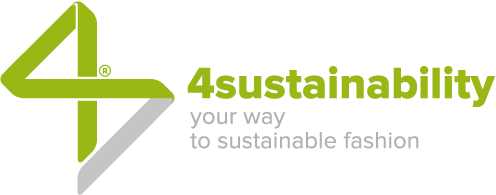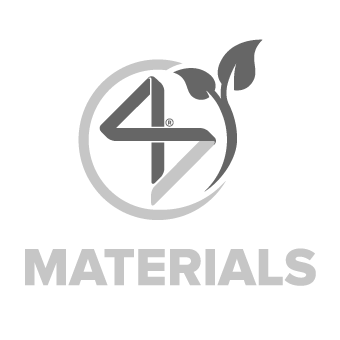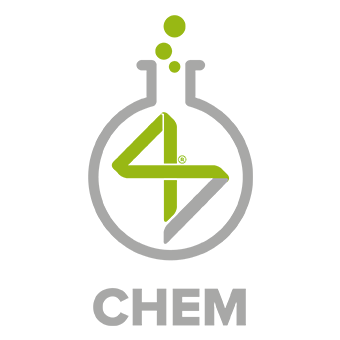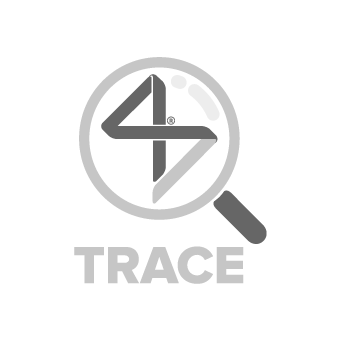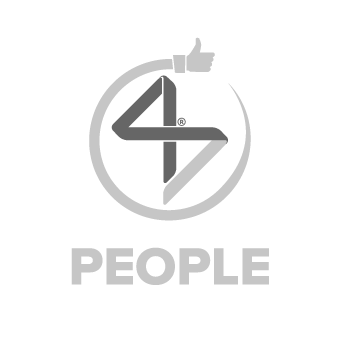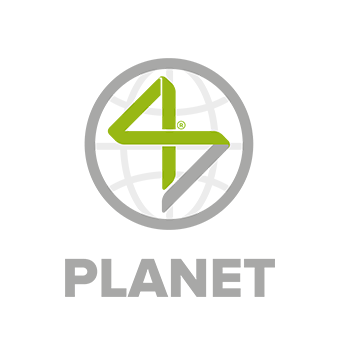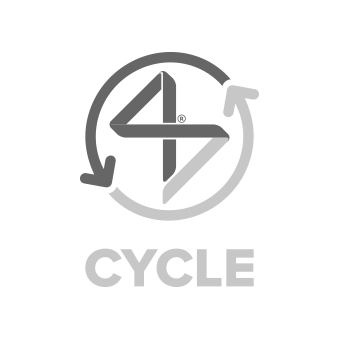
International Promo Studio SrlID Nr. 4S-100349e-report version 3.0
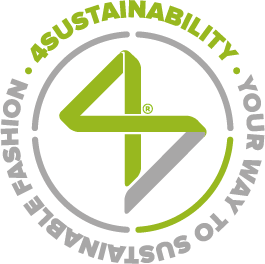
We “CARE” for the main “Maisons” of international luxury, the complete cycle of design, purchasing and production: from research to the study and production of paper patterns and prototypes up to the production (Made in Italy) of fashion show garments and pret a porter for the lines Men’s, Women’s and Children’s 0-16. Research development, prototyping and coordination of each phase in line with the client’s insight, are the heart of the company where we design the difference. We strongly believe in Italian manufacturing and in the artistic and creative potential of our artisans that is rooted in a thousand-year history of beauty and know-how. The base of our strength and key of our business model are values like visionary, proactiveness, obsession for excellence, reliability and warm approach focused on concrete needs of our clients and their insight.
www.ips.moda.it
4SUSTAINABILITY® COMMITMENT
Growth and sustainability are the factors for which we want to stand out, founding our strategy on the belief that ethical approach should characterize our business model. We firmly believe there cannot be a long-term economic development without a social and environmental development.
Inspired to and aligned with the Sustainable Development Goals set by the United Nations in the 2030 Agenda (SDGs), we’re committed to contributing to the generation of global positive change, assuming a clear environmental and social responsibility.
We do it concretely by joining the 4sustainability® roadmap, making the values and action programs it embodies our own, committing ourselves to starting a virtuous change journey in our business model, through one or more initiatives that we tell in this e-report.
elimination of toxic and harmful chemicals from production cycles in line with the ZDHC Roadmap to Zero Programme
this initiative contributes to the following main UN Sustainable Development Goals
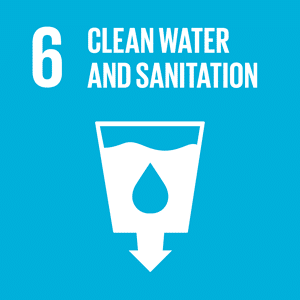
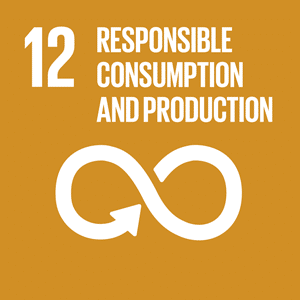
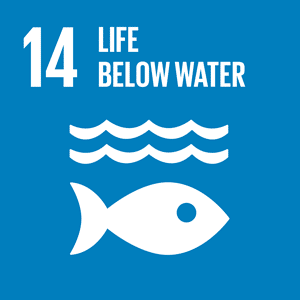
LAST REPORT ABSTRACT
download the report abstract with the main KPIs collected during the last on site assurance performed; if present, the abstract also includes the ZDHC Foundational or Progressive Level Certificate
IMPLEMENTATION LEVEL
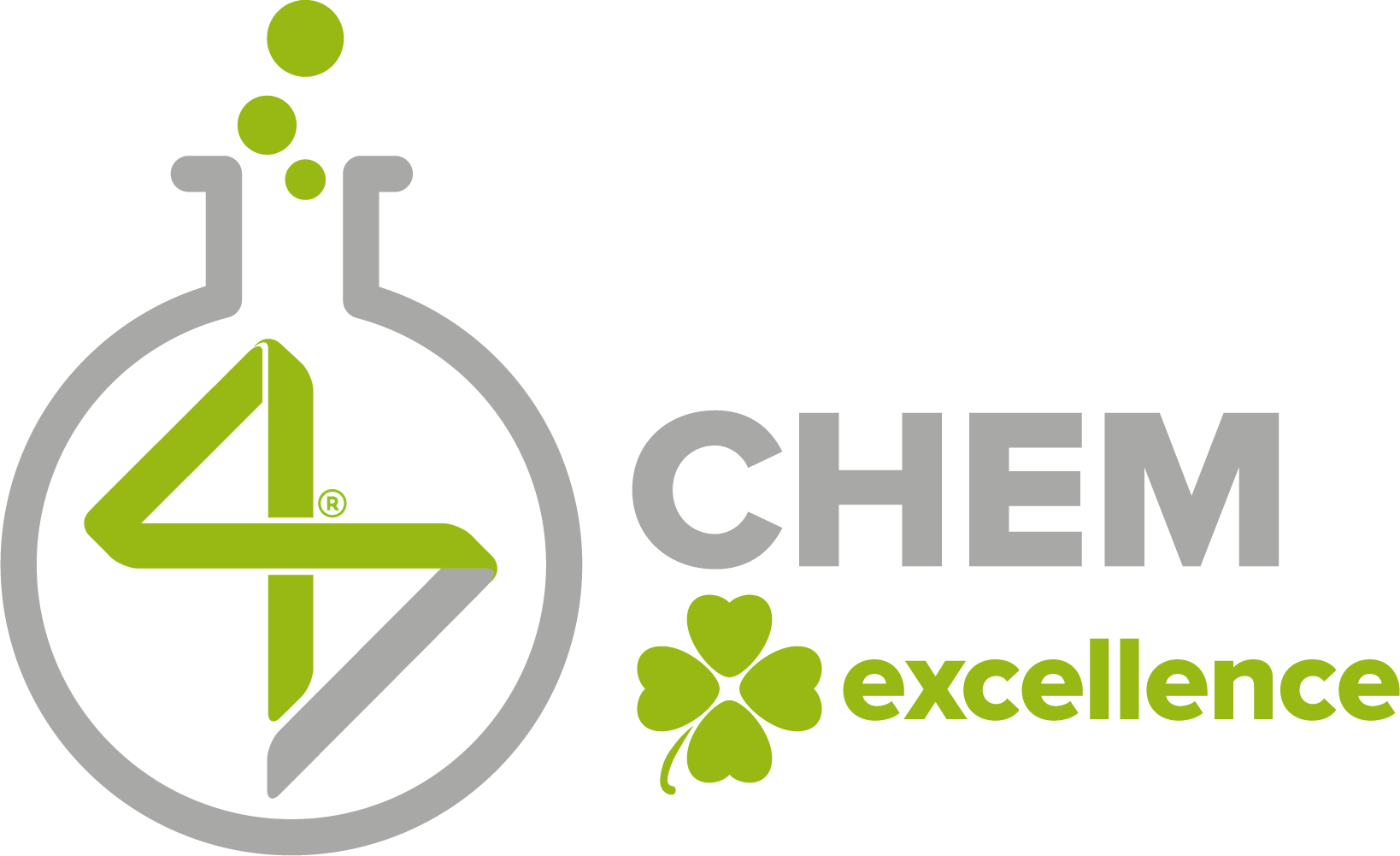
the implementation level is defined after the assurance process following the achievement of the protocol’s minimum requirements and is reviewed annually
The company has adopted the ZDHC MRSL for eliminating toxic and harmful chemicals from its processes and the 4S PRSL for raw material control. It has also implemented all the ZDHC CMS TIG requirements on internal and external processes.
CHEMICAL MANAGEMENT SYSTEM SCORE
85%
the percentage indicates the overall level reached through the implementation of 4s CHEM protocol requirements
ASSURANCE PROTOCOL
PRODUCTION VOLUMECOVERED BY MONITORED CHEMICAL INVENTORIES
73%
percentage of internal and external production volumes monitored through chemical inventory assessments
EXTERNAL CHEMICAL INVENTORY EVALUATION
WASTEWATER TESTING
ZDHC MRSL parameters following ZDHC Waste Waters Guidelines
wastewater compliance percentage; when in presence of “doesn’t meet requirements” slice, a Root Cause Analysis (RCA) has been performed and uploaded in ZDHC Gateway Waste Waters Module
PRODUCTION VOLUMECOVERED BY WASTEWATER TESTING
47%
percentage of internal and external production volumes whose wastewater has been tested following ZDHC Waste Waters Guidelines
this initiative contributes to the following main UN Sustainable Development Goals
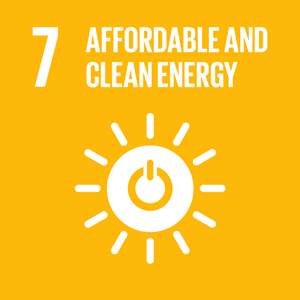
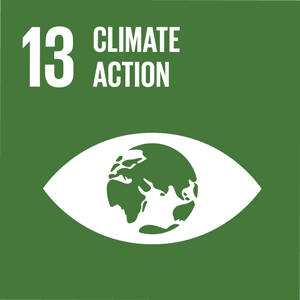
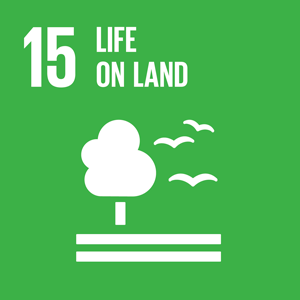
DATA REFERENCE PERIOD
from 01/01/2022 to 31/12/2022
LAST ISSUE DATE
15/04/2024
IMPLEMENTATION LEVEL
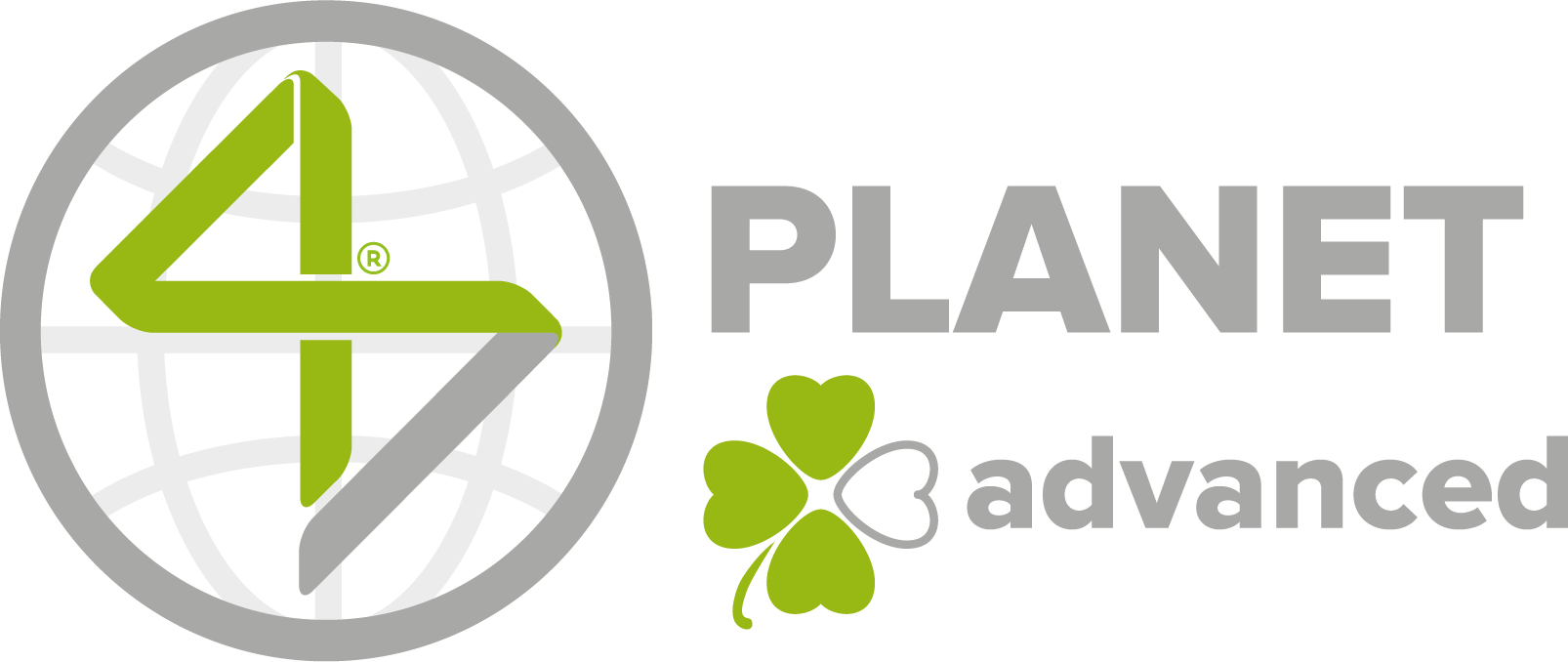
the implementation level is defined after the assurance process following the achievement of the protocol’s minimum requirements and is reviewed annually
The company has identified its main environmental impacts and implemented a calculation of its Water Footprint and/or Carbon Footprint and has started a roadmap for impact reduction on direct and indirect footprint.
MAIN ENVIRONMENTAL IMPACTS
The main company impacts are calculated starting from the direct ones. The calculation is then extended to include indirect impacts according to their order of relevance.
Consumption here on the side refers to an annual production of 227.936 pieces.
CONSUMPTION
463.982Kwh
ELECTRIC ENERGY
748.674Kwh
THERMAL ENERGY
1.506.000liter
WATER VALUE
CO2eq (CARBON DIOXIDE)
1.076.630KG
total emission (e.g. energy and water consumption, waste, fuels, packaging...)
ENERGY
SOURCES
31%
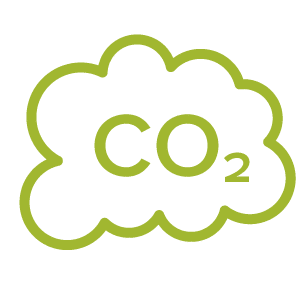
OTHER
SOURCES
22%

FROM
SUPPLY CHAIN
47%

DIRECT USE
100%
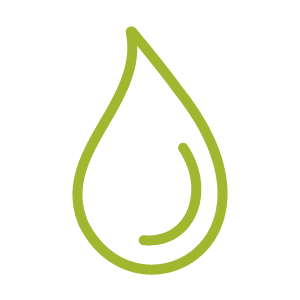
INDIRECT USE
0%

WATER
1.506.000L
total consumption
